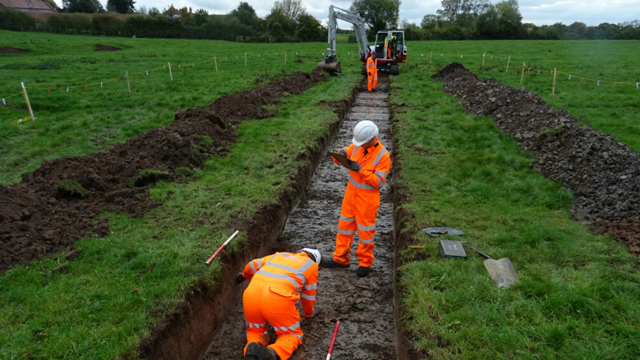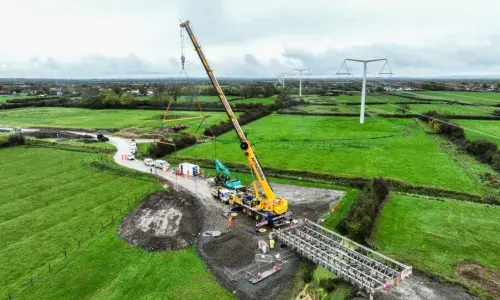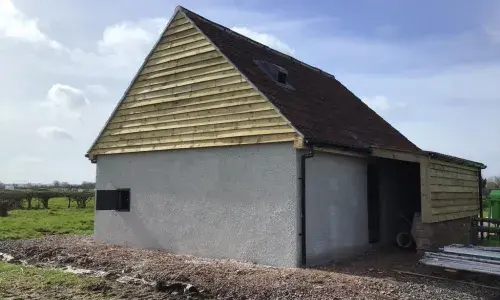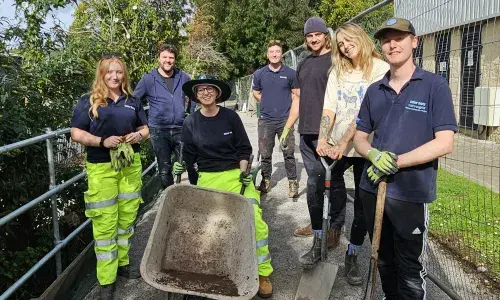
Unearthing a Roman roadside settlement
Findings are increasing knowledge of Roman life in North Somerset
The remains of Roman roadside settlement have been discovered along the route of the National Grid Hinkley Connection Project underground cables through the Mendip Hills.
The settlement sits in a wealthy Roman landscape, not far from ancient lead mines at Charterhouse-on-Mendip. Daniel Connor, Project Archaeologist for principal contractors Balfour Beatty, said: “The site has a wonderful level of preservation, with archaeological deposits starting just below ground level. This has allowed our investigation to start from the demolition of the last phase of building all the way to the earliest phase of activity on site.”
Those early activities include use of the site as a rubbish dump. A collection of pits filled with Roman rubbish including deer antler, pottery and other discarded items have been found.
Trace remains, called beam slots, suggest that small rural buildings formed the next phase of construction along with drain gullies. These buildings were then built up and evolved into larger structures complete with stone foundations and large stone-lined drains. These include an open-faced building – possibly a workshop – and a metalled courtyard-type area.
The artefacts and types of structures found indicate a higher level of wealth in the settlement than the experts would deem typical for this rural landscape. Among the items discovered are brooches and coins from 2nd century AD through to 4th century AD. A further significant discovery under the floor of one of the buildings is a Roman baby burial – a typical burial method for ancient Roman people.
The site is a fantastic example of a Roman roadside settlement, which has already increased knowledge of Roman occupation in the North Somerset area.
Daniel adds: “The site is a fantastic example of a Roman roadside settlement, which has already increased knowledge of Roman occupation in the North Somerset area. We have not finished yet and expect to find more evidence of the settlement and its inhabitants.”
James Goode, Project Director for National Grid, said: “As a responsible business, we are committed to, and investing in, the protection of the historic environment. We are working closely with Historic England and the County Archaeologist, and I’m proud of our work to uncover and record this fascinating site, which would otherwise have remained hidden.”


